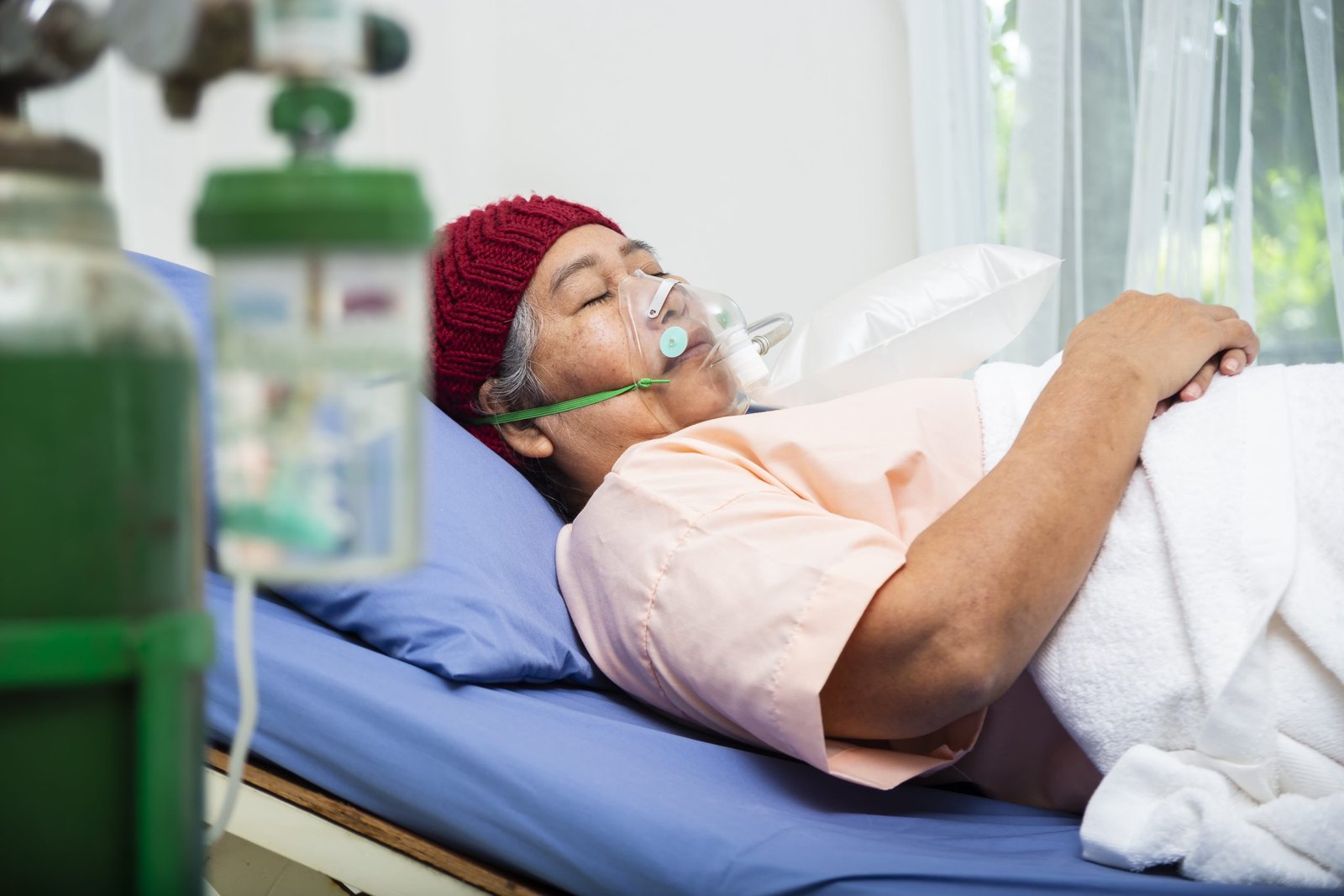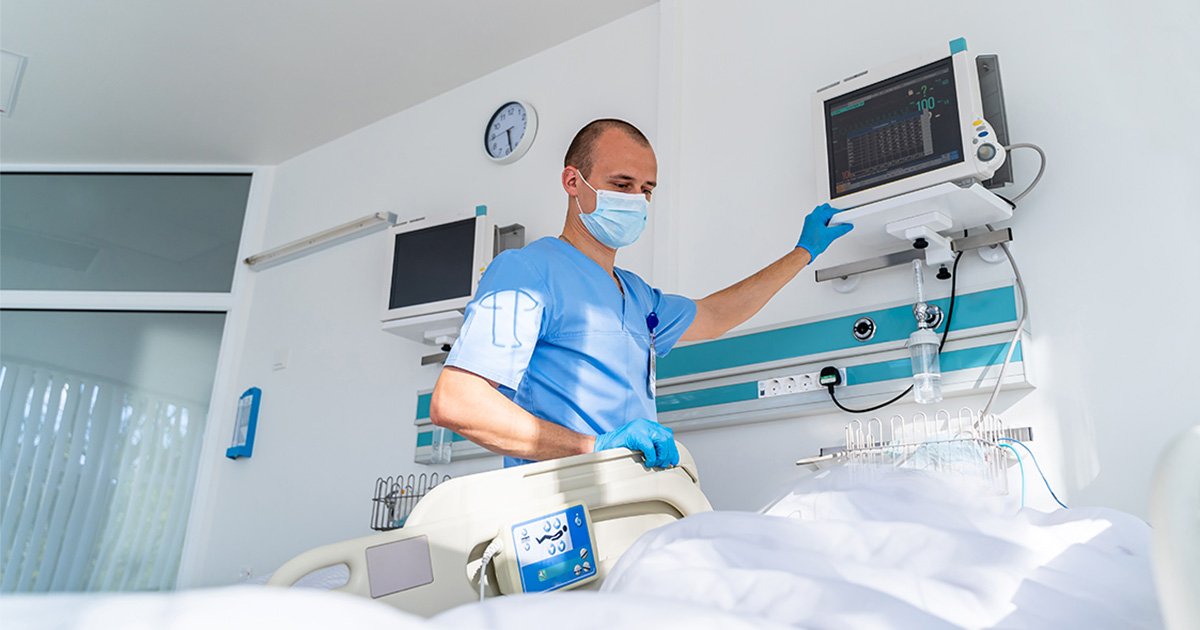Intensive Care Units (ICUs) are designed to provide around-the-clock care for patients who are critically ill or recovering from major surgeries. One of the most important aspects of monitoring ICU care patients is the continuous observation of their condition to prevent complications and ensure recovery. In this article, we will explore why monitoring in the ICU is so essential for patient safety and recovery.

1. Constant Monitoring of Vital Signs
One of the primary roles of monitoring in the ICU is to track vital signs such as heart rate, blood pressure, oxygen levels, and body temperature. These signs provide important information about the patient’s condition and can indicate if something is wrong. For example:
- Heart rate: A fast or irregular heart rate can be a sign of heart problems.
- Blood pressure: Low or high blood pressure can signal complications like bleeding or infection.
- Oxygen levels: Low oxygen levels can lead to organ failure if not addressed quickly.
By continuously monitoring these signs, ICU staff can detect issues early and take immediate action, improving the chances of a successful recovery.
2. Early Detection of Complications
Monitoring ICU care patients helps identify complications before they become serious. In a critical care setting, even small changes in a patient’s condition can indicate the beginning of a problem, such as:
- Infections: Infections are common in ICU patients, especially after surgery. Monitoring body temperature and other indicators helps detect infections early, allowing for timely treatment.
- Respiratory failure: Patients who need breathing assistance can experience sudden changes in their respiratory status. Constant monitoring can catch these issues early and prevent further damage.
- Organ failure: Critical care patients are at risk of organs such as the kidneys or liver failing. Monitoring blood tests and other measurements helps identify early signs of organ failure.
By catching complications early, ICU teams can intervene quickly, improving patient outcomes.
3. Tailored Treatment Plans
In the ICU, monitoring ICU care patients is essential for adjusting treatment plans based on real-time data. For instance:
- Pain management: Monitoring the patient’s response to pain medication ensures they receive the right dosage to manage pain effectively without overmedicating.
- Medication adjustments: Some ICU patients may require medications to manage their condition, such as blood thinners, antibiotics, or sedatives. Continuous monitoring allows doctors to adjust these medications as needed based on the patient’s response.
- Nutritional support: ICU patients often need special diets or intravenous nutrition. Monitoring their intake and response helps ensure they receive the necessary nutrients for recovery.
Real-time monitoring ensures that treatment plans are effective and adapted to the patient’s changing condition.
4. Enhancing Patient Safety
Patient safety is a top priority in the ICU, and constant monitoring plays a vital role in preventing accidents and errors. For example:
- Alert systems: Monitoring equipment in the ICU is connected to alarm systems that alert staff if a patient’s vital signs fall outside safe ranges. This ensures prompt attention and reduces the risk of harm.
- Preventing falls: ICU patients are often weakened after surgery or due to their illness. Monitoring helps ensure they are supported when moving or repositioning, reducing the risk of falls and injuries.
- Preventing infections: ICU patients are vulnerable to infections, especially due to medical devices like ventilators or catheters. Monitoring ensures these devices are functioning correctly and helps identify any signs of infection early.
By carefully monitoring these factors, ICU teams can reduce the risk of complications, ensuring patients are safe during their stay.
5. Providing Support for Family Members
Constant monitoring not only supports the patient’s recovery but also helps provide peace of mind to their families. Families often worry about their loved ones in critical care, and knowing that skilled professionals are closely monitoring their condition can help alleviate anxiety. Additionally:
- Clear communication: ICU staff regularly update family members on the patient’s progress. Continuous monitoring makes it easier for staff to provide accurate and detailed updates.
- Emotional support: Knowing that the ICU team is monitoring the patient’s condition carefully can give families the emotional support they need during a stressful time.
Having a monitoring system in place reassures families that their loved one is receiving the best possible care.
6. Improving Recovery Time
Monitoring ICU care patients closely contributes to a faster and safer recovery process. By catching complications early, adjusting treatment plans in real time, and ensuring patient safety, patients have a better chance of recovering quickly. Key benefits include:
- Quicker stabilization: Continuous monitoring helps stabilize patients who are at risk of rapid deterioration. Stabilizing the patient early allows for a smoother recovery process.
- Optimizing care: Tailoring care to the patient’s needs, based on ongoing monitoring, allows for more effective treatment and shorter hospital stays.
- Reducing long-term complications: Early detection and intervention in the ICU can reduce the risk of long-term complications and improve overall health outcomes for the patient.
Faster recovery means patients can return to normal life sooner, reducing the strain on hospitals and improving overall health.
7. The Role of Technology in Monitoring ICU Care Patients
Modern ICU care relies heavily on advanced technology to monitor patients effectively. From heart monitors and ventilators to computerized medical records, technology plays a crucial role in monitoring ICU care patients.
- Automated systems: Many monitoring systems are automated to track a wide range of data continuously. These systems help detect irregularities quickly, triggering alarms for the medical team.
- Data integration: Technology allows various monitoring devices to share data in real time, providing a complete picture of the patient’s condition.
- Remote monitoring: Some hospitals use remote monitoring tools to track patients’ vital signs, even from a distance. This allows for greater flexibility and faster responses to changes in a patient’s condition.
Technological advancements in monitoring make ICU care more efficient and accurate, ensuring that patients receive the best possible care.
Conclusion
Monitoring ICU care patients is a critical component of intensive care that significantly impacts patient outcomes. By providing constant observation of vital signs, detecting complications early, and adjusting treatment plans in real time, monitoring ensures that patients in critical care receive the best possible care. This process improves safety, speeds recovery, and provides reassurance to patients and their families. With the help of advanced technology and skilled medical staff, monitoring in the ICU helps save lives and supports the recovery of critically ill patients.











